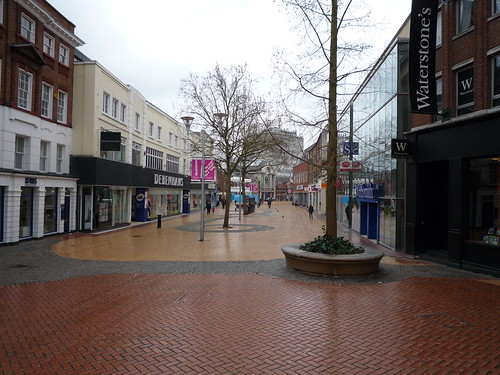I spend a fair bit of time talking to local councils and the like about taking a strategic approach to digital stuff, although usually it is mostly around engagement, and a bit of communications.
It’s important – simply to know what you want to achieve and why. As soon as you have those things figure out then it’s easy to choose the right tools and channels to help you get there.
Taking a strategic approach though doesn’t necessarily mean you need a bit of paper, with ‘strategy’ written on it. Sometimes just having thought about the issues is all you need to do. A quick look on Twitter or Facebook and it’s pretty straightforward to spot those that haven’t even done that!
However, there are times when a bit more of an in depth look at all things digital are required. After all, the bits of an organisation like a local council that are affected by the internet go way beyond just the communications team.
There’s customer services and all the transactional stuff – what commonly gets referred to as channel shift these days. There’s the democratic element, and the policy development process. The way big projects are managed and communicated can be transformed by the web. Every service delivery team could make use of digital channels to deliver that service, or part of it, or at least communications around it.
Given all of this, and the vital strategic role a council plays within a local area, having a digital vision is pretty important. There are several big agendas connected to technology which need to be considered.
What elements are required?
- channel shift
- digital engagement
- mobile
- publishing / content strategy
- digital inclusion and broadband roll out
- open data
I think these are probably best presented as some form of ven diagram, and there is bound to be plenty of overlap in there.
I’ve always like the phrase that ushered in the Government Digital Service – that of ‘digital by default’. The notion not that digital is the only option – but that it is always an option. Quite often when I have been called in to help out with digital side of a project or campaign, it’s been a bit of an add on. Being digital by default means building the online element from the get go – making it an integral part of a service or project.
It also means getting away from one of the flaws of the e-government era – that (necessary) rush to get government services online – which was to do the wrong thing righter. In other words, not rethinking how a service should be delivered in a networked society but just taking a process and sticking it into an online form.
We’re just taking on a project to deliver a comprehensive high level digital strategy for a county council. I’m delighted – it’s the sort of meaty, wide ranging envisioning work which is pretty scarce these days. It also offers a chance to think about what a truly digital local council might look like, and how it might work.
Part of the project will involve running a crowdsourcing exercise on good practice and what the future may hold for local government digital – rather like the effort I made back in 2009 which focused on websites. That’ll launch in a few weeks. In the meantime I’d love to hear from anyone who has been having digital visions in the comments, or by email.


